Aled Dafis
Established Member
I wasn't to sure what to think of Paul Sellers the first time I came across him, but the more I read and watch, the more I recognise that he's a very skilful craftsman with very efficient working practices.
His sole flattening video on Youtube is quite interesting, I'm not sure if I'd go this far, but his arguments for rounding the edges slightly do make sense. It may be why so many old planes we find at car boot sales aren't totally flat, the craftsmen of yesteryear might have known something we've seemed to forget. A bit like the Romans using cement, and then it's use disappearing for a few hundred years.
http://www.youtube.com/watch?v=zQyjLV92 ... ature=plcp
What do you guys think?
Cheers
Aled
His sole flattening video on Youtube is quite interesting, I'm not sure if I'd go this far, but his arguments for rounding the edges slightly do make sense. It may be why so many old planes we find at car boot sales aren't totally flat, the craftsmen of yesteryear might have known something we've seemed to forget. A bit like the Romans using cement, and then it's use disappearing for a few hundred years.
http://www.youtube.com/watch?v=zQyjLV92 ... ature=plcp
What do you guys think?
Cheers
Aled


































